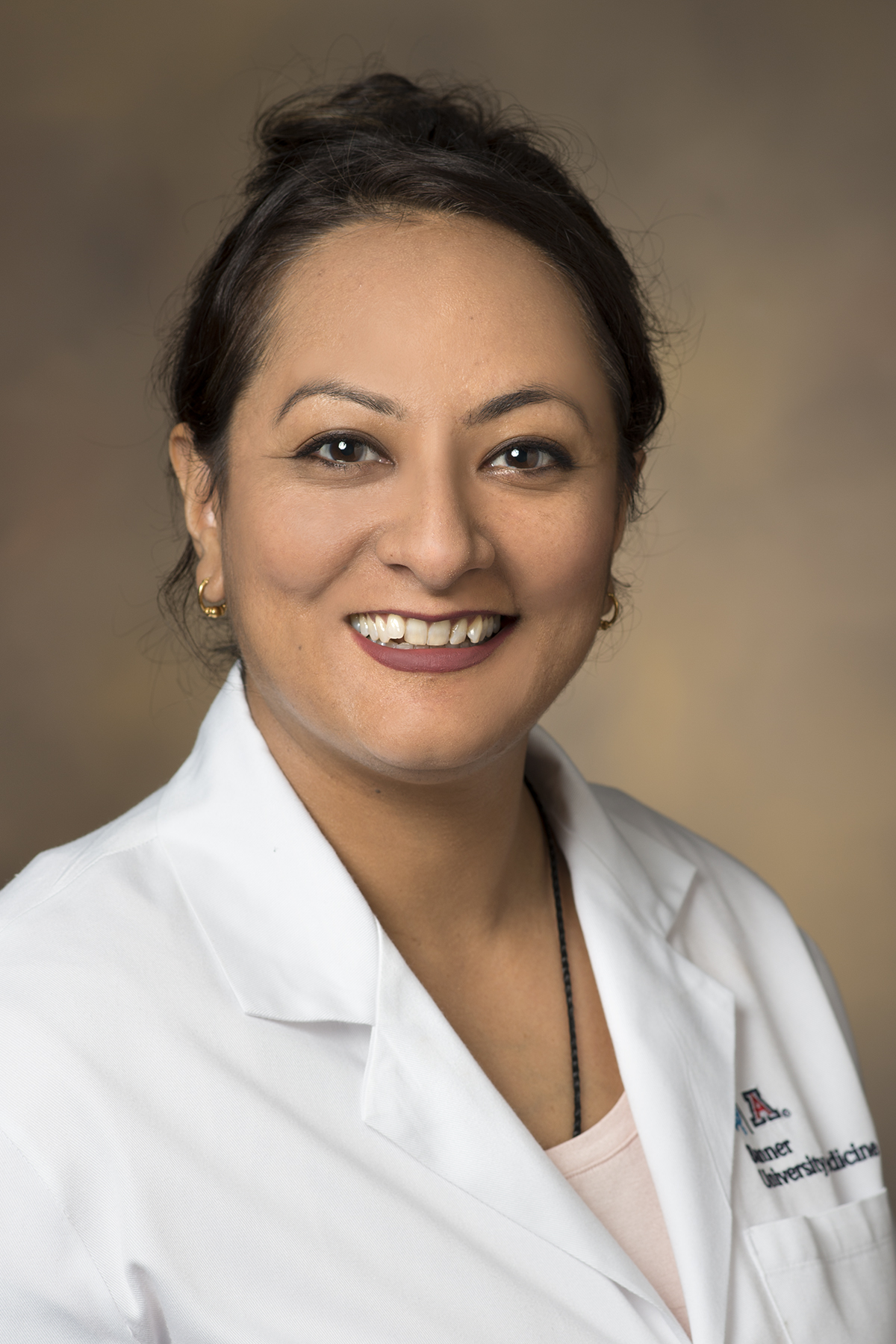Building a Better Search Committee

The goal of recruiting and retaining diverse faculty is widely shared throughout academic medicine these days, yet achieving that goal in its fullest form has remained elusive for many institutions.
Moving pieces across all levels of an organization play a role in supporting diversity, equity and inclusion in a workplace, and throughout the last few months, Dr. Tanya Anand, clinical assistant professor in the Department of Surgery, mentored a group of women to tackle a largely untouched aspect of this puzzle: the search committee.
The group, female residents, medical students and other attending who are all part of the Association of Women Surgeons Publications Committee, published their ideas in the American Journal of Surgery in August. The article advocates for an attitude toward diversity that includes but goes beyond fundamentals like race and gender. It proposes framing the composition of search committees around who that person is serving.
 (Institutional guides) talk about search committee training and how to recruit a diverse faculty, but no one really talks about the actual committee that’s going to do the recruitment and what standards should be there, Dr. Anand said. ?Everyone touches upon it ...They say that you should have underrepresented minorities, women, maybe a member outside of the direct (unit), but no one really stratifies it, no one really puts structure to it,
(Institutional guides) talk about search committee training and how to recruit a diverse faculty, but no one really talks about the actual committee that’s going to do the recruitment and what standards should be there, Dr. Anand said. ?Everyone touches upon it ...They say that you should have underrepresented minorities, women, maybe a member outside of the direct (unit), but no one really stratifies it, no one really puts structure to it,
The article’s authors, including lead author and Rutgers New Jersey Medical School student Simran Arjani, took that first step of proposing a thought process for creating a search committee. An adequately diverse search committee, the article says, is made up of people who will be interacting with that position.
With the recognition that each individual position will have different needs, the framework means that if the position will serve a minority community, then a leader from that community should be considered as part of the search committee. If the position works with trainees, then trainees should sit on the search committee.
’so, diversity doesn’t just mean the color of your skin or what your beliefs are, it means your experience level, it means whether you‘re in the community or outside of the division, so diversity is very broad in that definition, Dr. Anand said.
For Dr. Anand, this was her first time mentoring a group of students on a topic that had little existing literature. She said each time the group met, the students? creativity and vision helped the paper develop and evolve with each conversation.
’students and trainees may not have the (accumulated) clinical experience, but they have an idea of what they want, and a lot of it we should potentially already be doing, she said. I got a much more interesting perspective from medical students who are seeing the world in a totally different way than me.
Recruiting and retaining diverse teams brings a multitude of advantages to an organization, Dr. Anand said. First, people with different backgrounds and different perspectives can generate unique ideas and encourage more creative thinking among other members.
"Diversity doesn’t just mean the color of your skin or what your beliefs are, it means your experience level, it means whether you‘re in the community or outside of the division, so diversity is very broad in that definition," Anand said.
Additionally, the community that surgeons at the University of Arizona serve is highly diverse, and having a team that reflects the community helps strengthen a physician’s relationship with their patients.
If my parents, who are from India, go to a physician who speaks their language, who understands their customs that engenders a certain amount of trust between a patient and doctor, and the communication changes when the trust changes, Anand said. ’the patient will be more willing to trust the doctor and take the medication that they‘ve suggested if there’s certain common ground. And so diversity in the faculty does serve the community.
Dr. Anand said younger members of the medical field can often provide suggestions like this one that are in-tune with the evolving needs and expectations in medicine, and she said she hopes to see more questions and challenges from that demographic to help move the field forward.

